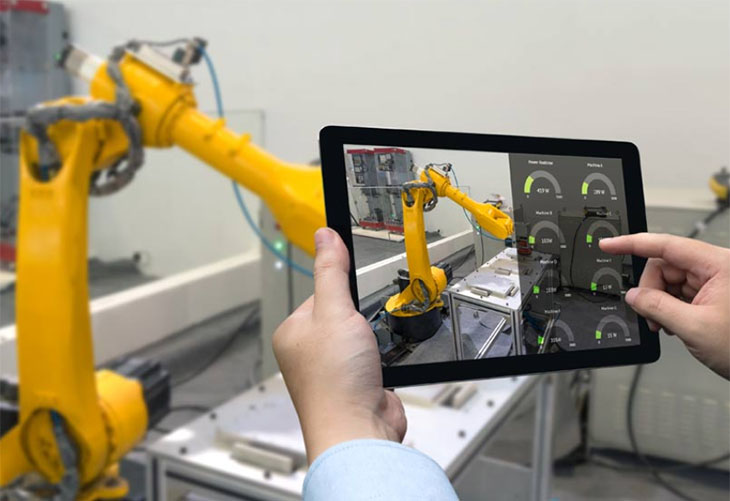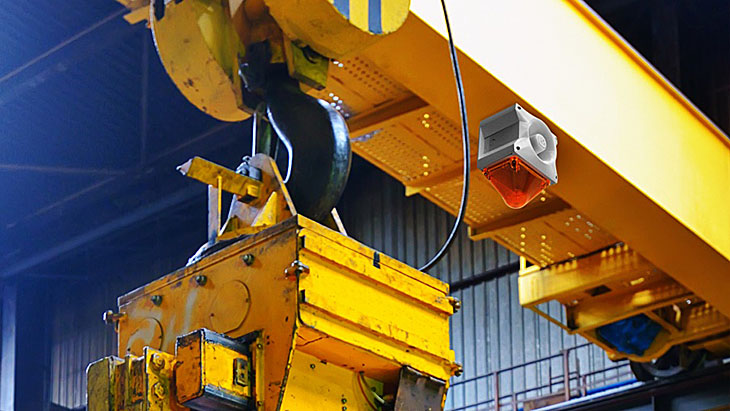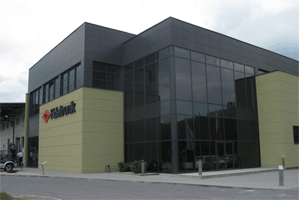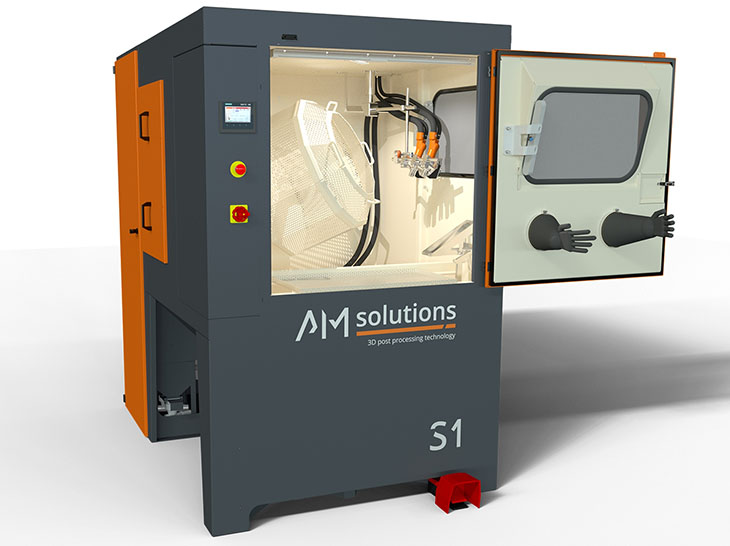The U.S. manufacturing sector is facing both unprecedented challenges and industry-wide opportunities. As global competition intensifies and technological advancements accelerate, the need for modernization has never been more pressing. To maintain its competitive edge and drive economic growth, the American manufacturing industry must embrace cutting-edge technologies and forge strategic international partnerships.
At the heart of this modernization effort lies the integration of advanced technologies such as artificial intelligence (AI), robotics, automation, and immersive mixed reality solutions. These innovations have the potential to further modernize production processes, enhance efficiency, and unlock new realms of possibility for manufacturers.
Technologies critical for growth
AI, for instance, can optimize supply chain management, predict maintenance needs, and streamline quality control processes with unprecedented accuracy. By leveraging machine learning algorithms, manufacturers can analyze vast amounts of data to make informed decisions, reduce waste, and improve overall productivity.
Robotics, another cornerstone of modern manufacturing, offers the promise of increased precision, consistency, and speed in production. Collaborative robots, or cobots, can work alongside human workers, augmenting their capabilities and taking on repetitive or physically demanding tasks.
This not only boosts efficiency but also improves workplace safety and job satisfaction. As robotics technology continues to advance, we can expect to see even more sophisticated applications that further enhance manufacturing capabilities.
Immersive mixed reality solutions, including augmented reality (AR) and virtual reality (VR), are modernizing the way manufacturers design, prototype, and maintain products – in addition to employee training and remote customer service initiatives. These technologies enable engineers and designers to visualize and interact with 3D models in real-time, reducing the need for physical prototypes and accelerating the product development cycle. In maintenance and repair scenarios, AR can provide technicians with real-time guidance and information, improving accuracy and reducing downtime.
The adoption of these advanced technologies is not just a matter of staying competitive; it's about reimagining the very nature of manufacturing. By embracing digital transformation, U.S. manufacturers can create smarter, more flexible factories that can quickly adapt to changing market demands and consumer preferences. This agility is crucial in today's fast-paced global economy, where the ability to pivot and innovate can make the difference between success and obsolescence.
Solving for workforce development
However, the path to modernization is not without its challenges. One of the most significant hurdles facing the U.S. manufacturing sector is the current labor shortage and skills gap. As manufacturing processes become increasingly sophisticated, the demand for workers with advanced technical skills continues to grow. This is where the importance of building stronger alliances with friendly countries, particularly in workforce development, comes into play.
India, with its large pool of skilled tech workers and growing manufacturing sector, presents an excellent opportunity for collaboration. By fostering partnerships with India-focused educational institutions and companies, U.S. manufacturers can tap into a vast reservoir of talent and expertise. These collaborations could take various forms, from joint training programs and knowledge exchange initiatives to remote work arrangements and talent-sharing agreements.
Case in point, a recent survey of manufacturing executives shows this level of interest with other friendly countries. Forty percent of executives said they do not want to be over reliant on China for manufacturing because they are concerned about supply chain vulnerabilities. Another 40% said they are actively pursuing partnerships with manufacturing partners in India to achieve growth and expansion1.
Such international partnerships can help address the immediate labor shortages faced by U.S. manufacturers while also facilitating long-term skill development. By working together, both countries can create a more robust and diverse workforce capable of driving innovation and growth in the manufacturing sector. Moreover, these alliances can lead to the cross-pollination of ideas and best practices, further enhancing the competitiveness of U.S. manufacturing on the global stage.
Identifying meaningful incentives
The recent proposals by Vice President Kamala Harris underscore the growing recognition of the need to support and revitalize the U.S. manufacturing sector. Her proposed tax incentives for investments in manufacturing and production, spanning key areas such as biomanufacturing, aerospace, artificial intelligence, and quantum computing, could provide a significant boost to modernization efforts.
These incentives, aimed at countering global competition and revitalizing factory towns, align well with the broader goal of strengthening U.S. manufacturing capabilities.
However, it's important to note that tax incentives alone are not sufficient to address the complex challenges facing the manufacturing sector. A comprehensive approach that combines financial support with strategic investments in education, workforce development, and international collaboration is necessary to create a truly resilient and competitive manufacturing ecosystem.
To this end, policymakers, industry leaders, and educational institutions must work together to create a cohesive strategy for manufacturing modernization. This strategy should focus on several key areas:
- Technology adoption and integration: Encouraging and supporting the widespread adoption of AI, robotics, and immersive technologies across the manufacturing sector.
- Workforce development: Investing in education and training programs that equip workers with the skills needed to operate and maintain advanced manufacturing technologies.
- International partnerships: Fostering collaborations with friendly countries like India to address labor shortages and promote knowledge exchange.
- Research and development: Increasing funding for R&D in advanced manufacturing technologies to maintain the U.S.'s position as a global innovation leader.
- Infrastructure investment: Upgrading digital and physical infrastructure to support the needs of modern manufacturing facilities.
- Small and medium-sized enterprise (SME) support: Providing targeted assistance to help smaller manufacturers modernize their operations and compete on a global scale.
By implementing this multifaceted approach, the U.S. can create a manufacturing sector that is not only technologically advanced but also resilient, adaptable, and globally competitive. The benefits of such a transformation would extend far beyond the manufacturing industry itself, contributing to overall economic growth, job creation, and national security.
It is clear that the success of U.S. manufacturing will depend on our ability to embrace change and innovation. The integration of advanced technologies, coupled with strategic international partnerships, offers a path forward that can reinvigorate American manufacturing and secure its position as a global leader in the 21st century.
The challenges are significant, but so too are the opportunities. By working together – across industries, borders, and political divides – we can reinvigorate a manufacturing sector that is not only competitive but also sustainable and inclusive. This is not just an economic imperative; it's a chance to redefine what manufacturing means in the modern era and to create a legacy of innovation and prosperity for generations to come.
About The Author: Dijam Panigrahi is Co-founder and COO of GridRaster Inc., a leading provider of cloud-based AR/VR platforms that power compelling high-quality AR/VR digital twin experiences on mobile devices for enterprises. For more information, please visit www.gridraster.com.






















